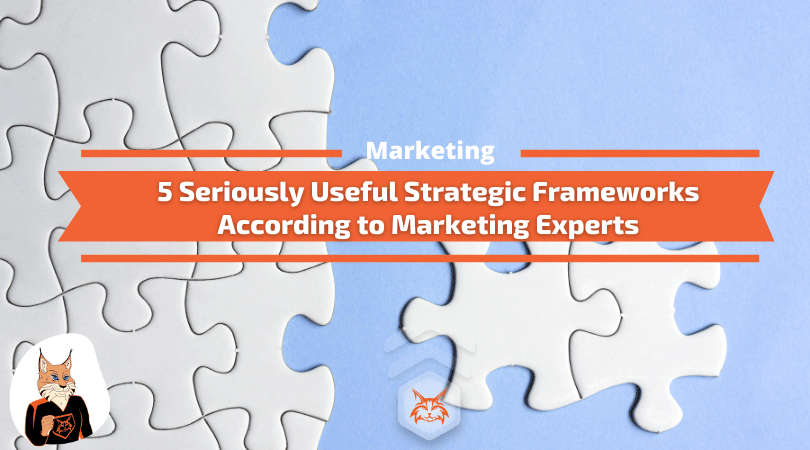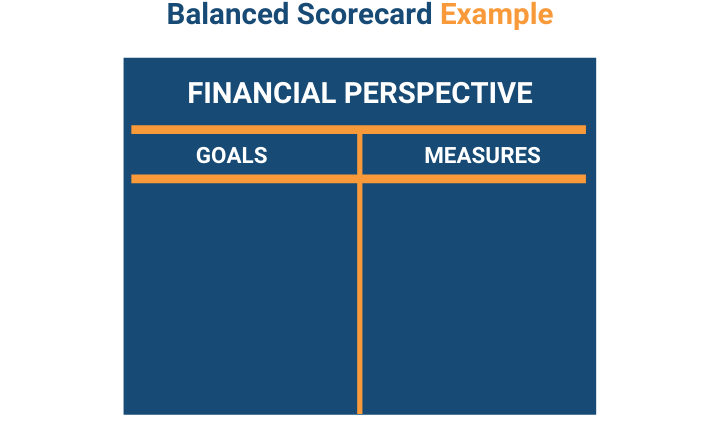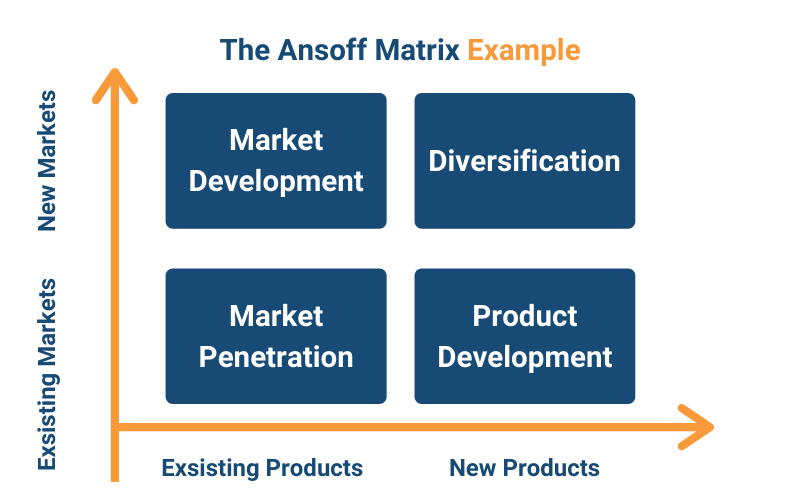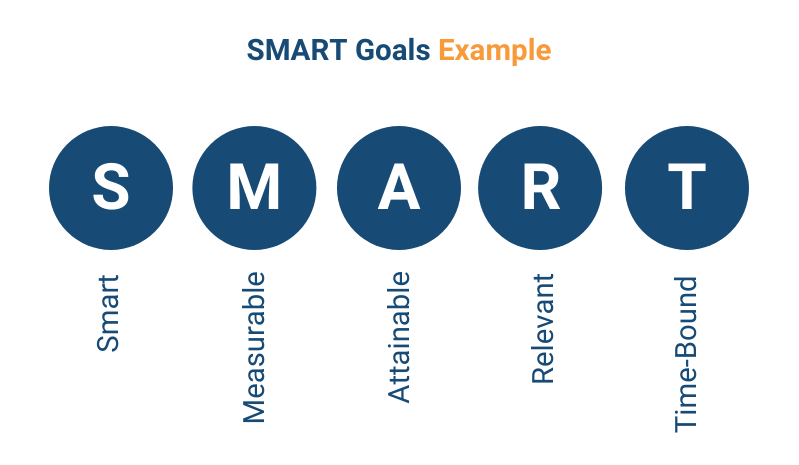Strategic frameworks are an integral part of any marketing strategy. They help us identify where we are, where we want to go, and what steps to take to get there as a business.
Marketers use dozens of different strategic frameworks. But how do you know which is the right one? We’ve collected the opinions of five marketers who’ve put their strategic framework of choice to the test.
What Is a Strategic Framework?
A strategic framework is a structuring method that details how a project or initiative will help reach essential company objectives.
From a marketing perspective, it can be used to outline specific marketing projects or initiatives to make sure they’re always in line with the overarching business plan. For example, you can use strategic frameworks to guide new product or service offerings or determine how the marketing team can help increase revenue.
What Makes a Strategic Framework Successful?
Oren Greenberg, managing director at Kurve, says there are generally two key pieces every successful strategic framework should include: it needs to align with the overall business strategy and be measurable.
Greenberg also says it’s essential to provide people in the organization with the research and data they need to formulate their thinking. He underlines the importance of aligning the framework’s goals with everyone in the organization, specifically KPIs.
Which Strategic Frameworks Do Marketers Find Most Useful?
We’ve compiled opinions from five different marketing experts to find out what they think is the most useful strategic framework.
Strategic framework 1 – Objectives and Key Results (OKR)
Hiba Amin, content marketing manager at SoapBox, says, “OKRs can communicate the what and why super effectively across all teams, which leaves room for the experts to determine the how.“
“OKRs can communicate the what and why super effectively across all teams, which leaves room for the experts to determine the how.”
Popularized by early Google investor John Doerr, OKRs are divided into objectives and key results. Think of the aim as the why, a clear goal for team members to follow. The what comes in the form of the critical results — specific, measurable ways to track the goal. Once you have those two pieces in place, it’s up to your team to determine how you will reach that objective.
How to Use The OKR Strategic Framework
OKRs are often set quarterly to sync up with current company priorities. Set a high-level objective (e.g., increase revenue, bolster employee engagement, etc.), and come up with one to three key results that can help you measurably track the objective. For example, if your objective is to increase revenue, you would devise one to three measurable ways your company could do that. That could mean anything from getting a certain number of new clients to reducing churn by a specific percentage.
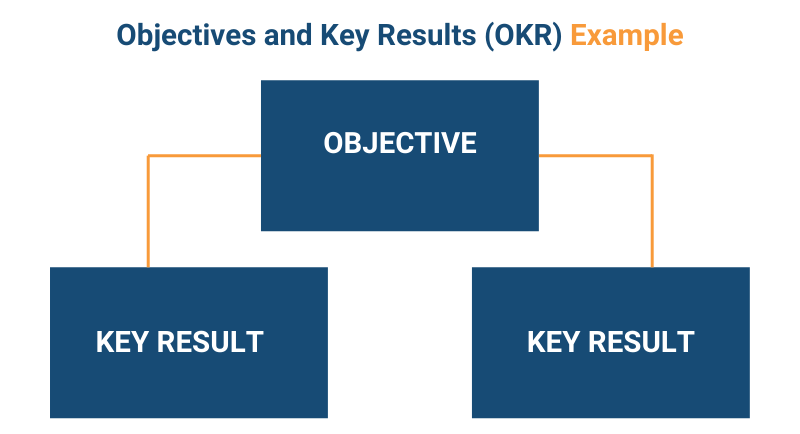
Using this strategic planning framework, each team member can contribute to these high-level objectives, and you can update them as needed. For instance, if you’re on the marketing team, you will find ways to support high-level objectives through different marketing initiatives.
Strategic framework 2 – Objectives, Goals, Strategies, and Measures (OGSM)
James Story, senior content manager at Lead Tech, points to simplicity as one of the biggest benefits of this strategic framework model and underlines that “you don’t need any special software or technical skills — you just need a single page.”
As the name of this strategic framework states, OGSMs are divided into four parts: objectives, goals, strategies, and measures. Unlike some of the other strategic frameworks included in this list, OGSM is a relatively simple framework. You can take your overarching objective and develop goals, strategies, and measures to help achieve it.
How to Use The OGSM Strategic Framework
To understand how to use OGSMs, it’s best to break down each piece of the strategic framework to highlight what its function is:
- Objectives: High-level company priorities.
- Goals: Create measurable results that support the high-level priority.
- Strategies: How to achieve your objectives and goals.
- Measures: Determine if strategies are working.
As you can see, there are some general similarities between OGSMs and OKRs. Both strategic frameworks include high-level objectives at the top but differ in how to achieve them.
Strategic framework 3 – Balanced Scorecard
Tom Wright, cofounder and CEO of Cascade Strategy, says, “the benefit of implementing the Balanced Scorecard is that it forces your organization into a focus that spans leading KPI indicators and lagging ones.”
The Balanced Scorecard looks at goals and measures from four perspectives: customer, internal, innovation and learning, and financial. The Balanced Scorecard is known for its well-rounded approach to goals and measures. It doesn’t just focus on objectives that are organizational priorities; it creates a balanced approach that considers different aspects of the company at all times. This allows you to stay on top of objectives that are already making good progress and focus on others that may be behind.
How to Use The Balanced Scorecard Strategic Framework
The Balanced Scorecard is, for lack of a better term, all about getting a more balanced view of your goals and measures. Create four separate scorecards that address each of the perspectives above:
- Customer: Value, retention, churn, etc.
- Internal: Quality, efficiency, productivity, etc.
- Innovation and learning: Culture, technology, leadership, etc.
- Financial: Revenue, ROI, cash flow, etc.
Once you’ve done that, create goals and measures for each perspective, and you will create a holistic view of your company’s objectives:
Strategic framework 4 – The Ansoff Matrix
Kim Moore, the marketing strategist at KG Moore Limited, says the Ansoff Matrix should be used annually to “determine whether a business needs to improve or adjust existing offerings or venture into new markets.”
The Ansoff Matrix is centered on growth and innovation and divided into four parts: market development, market penetration, product development, and diversification. It can help guide a marketing strategy focused on improving and expanding product or service offerings. This is why it’s essential to use the Ansoff Matrix every year. It helps you evaluate your current product or service offerings and adjust when needed.
How to Use The Ansoff Matrix Strategic Framework
Similar to the OGSM strategic framework, the Ansoff Matrix also considers four different perspectives. These are explicitly focused on marketing efforts for product and service growth versus broader objectives, such as increasing revenue:
- Market penetration: Grow existing product or service offerings in existing markets.
- Market development: Expand into new markets using an existing product or service offerings.
- Product development: Create new products or service offerings in existing markets.
- Diversification: Grow market share by introducing new products or service offerings in new markets.
Strategic framework 5 – SMART Goals
Ryan Shelley, chief growth officer and founder of SMA Marketing, says to think of SMART Goals as “a map as you continue to go towards your destination, as you continue to build your business, as you continue to market your company, as you continue to grow your influence online.”
SMART is an acronym for brilliant, measurable, attainable, relevant, and time-bound — precisely what these goals need to be. Your goals will continually change as your company shifts priorities and grows; SMART Goals allow you to set goals that are always in line with your current business needs.
How to Use The SMART Goals Strategic Framework
To create a SMART Goal, you need to ensure that the goal you are setting considers all five elements of SMART. It’s important to note that there are a few different takes on SMART Goals, and the letters can sometimes represent slightly different qualities. Here is the standard version used by many companies:
- Smart: The goal is clear and concise.
- Measurable: You can measure the goal in some quantitative way.
- Attainable: The goal can be achieved; it is not impossible to accomplish.
- Relevant: The goal is in line with the bigger company vision.
- Time-Bound: Tplanoal has a clearly defined timeline; test and pivot when needed.
Use Strategic Frameworks to Strengthen Your Marketing Strategy
Strategic frameworks map business objectives and goals that can help inform your marketing strategy. They give you a clear path to success and need to be addressed and updated regularly.
Some companies evaluate company performance with these strategic frameworks quarterly, while others do so annually. The critical piece is to have consistency. Strategic frameworks are meant to be revisited regularly. This is not a set-and-forget method.
Need help to have your business objectives and goals set up or your marketing metrics evaluated? We can help you. Check our Digital Marketing Audit and Strategy service.
Source: blog.alexa.com

